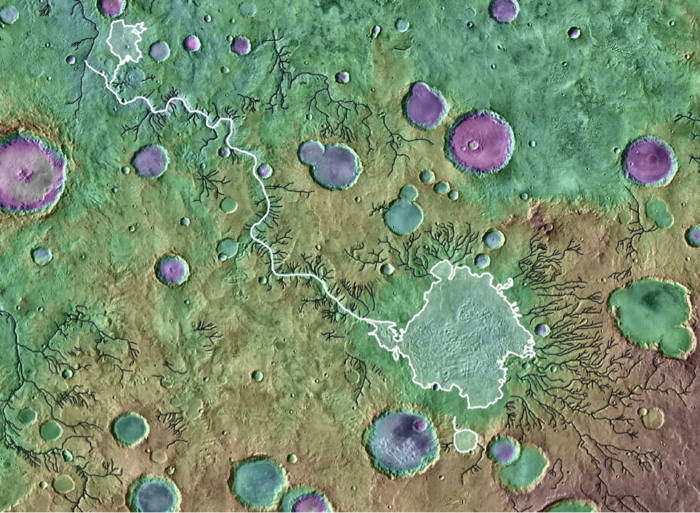This discovery is an important step in understanding the mechanisms that allow proboscite nanoparticles to heal themselves and paves the way for the integration of these substances in solar cells and other electronic devices.
When we are scratched or superficially injured, our body knows how to heal the wound on its own, or at most with minimal help of a band-aid or disinfectant. Many research groups around the world are working to develop materials with similar properties, which will know how to repair themselves without outside help. We all know how frustrating it is to find that the phone screen is broken and we need to replace it, and there are of course bigger troubles – for example a malfunction in solar panels that move a satellite in space. Now imagine that your screen and the solar panel in space will know how to repair themselves and return to full function. Many research groups around the world are involved in this challenge: The development of materials with self-healing materials.
For Materials Science and Engineering and from the Institute for Solid State at the Technion. Dr. Bekenstein and doctoral students Sasha Halpin and Noam Bar have developed environmentally friendly, environmentally friendly semiconductor crystals that know how to heal themselves. In an article in the journal Advanced Functional Materials they show how materials called “double proboscites” repair defects that are created in them due to exposure to penetrating electron radiation.
Proboscite materials have been known to science for more than a century, but only in recent years has it become clear that the lead-based allied proboscis group is characterized by unique electro-optical properties that give it a huge advantage over silicon, such as high efficiency in converting solar energy into electricity. Probeskit is inexpensive to manufacture because it is manufactured and processed at low temperatures relative to silicon, and can be made into flexible sheets that pave the way for a wide variety of applications. Double probes have an environmental advantage, as they may overuse the use of lead, which is a highly toxic metal, which is now integrated in probes devices for energy conversion.
Of Dr. Beckenstein specializes in growing nanoscale proboscite crystals and in creating proboscite surfaces with special physical properties. In a short and simple process in the open air, while heating the material to 100 degrees Celsius. The researchers saw that the said spaces moved around the center of the particle but avoided abandoning the center towards its edges, as if a hidden wall was blocking their way out. Are formed on the surface of the crystal, when the electron beam throws atoms out of the material, but after their formation they migrate to equilibrium points within the crystal.This migration, the researchers explain, is due to Energetic booths associated with the presence of organic molecules that cover the surface of the crystal. When they removed those molecules the cavities migrated to the surface of the crystal, and the inner region of the crystal spontaneously crystallized back to its original, flawless state. In other words: The crystal healed itself .
This discovery is an important step in understanding the mechanisms that allow proboscite nanoparticles to heal themselves and paves the way for the integration of these substances in solar cells and other electronic devices.
The study is supported on By the National Science Foundation, the Israel Innovation Authority, WT (Alon Scholarship), the Russell Berry Institute of Nanotechnology at the Technion and the Helen Diller Quantum Center at the Technion.
T Advanced Functional Materials
More on the subject on the Knowledge website:
- There is a new one under the sun Solar materials capable of repairing themselves Autism: A Cure That Cures? Researchers from the Hebrew University were able to cure congenital defects in animals using stem cells Prof. Reshef Tene won the medal of the American Association for the Study of Materials
Note: This article has been indexed to our site. We do not claim legitimacy, ownership or copyright of any of the content above. To see the article at original source Click Here












